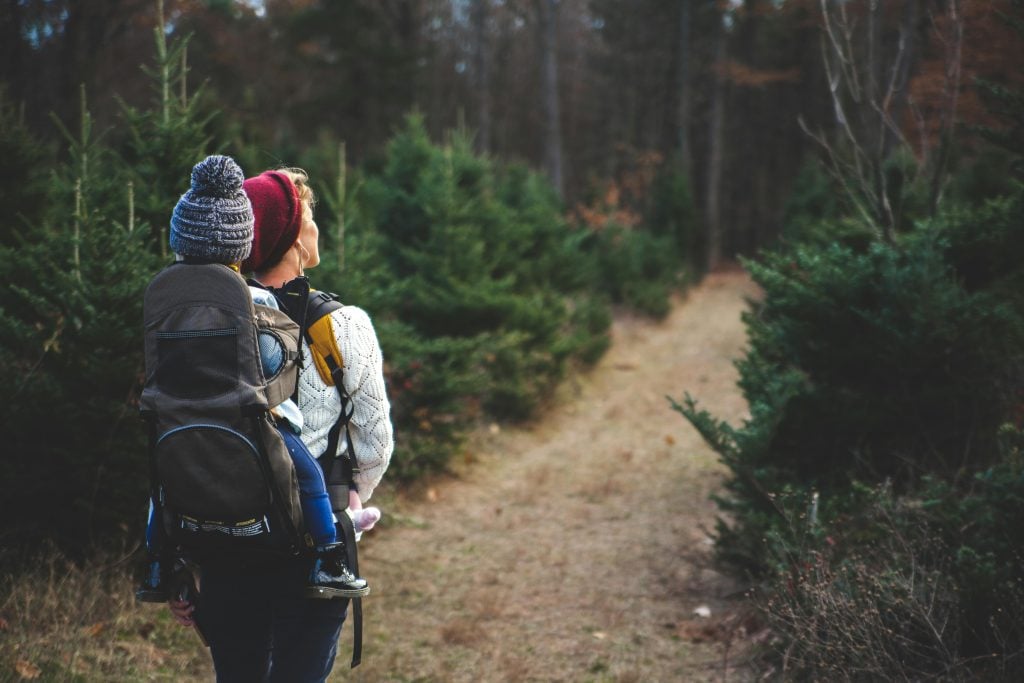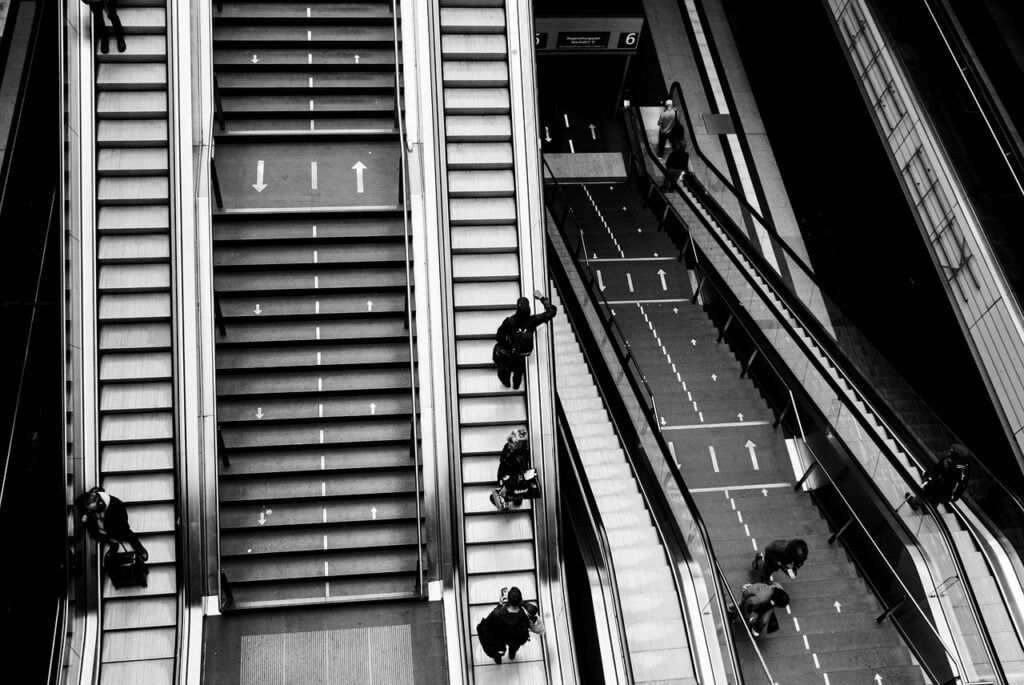We know we need to move—a lot—to stay healthy. But our instincts and social norms constantly push us toward the opposite: minimizing effort at every turn. There’s a simple (though far from easy) mindset shift that can turn this around:
Consciously seek to maximize effort in your everyday activities.
A Real-Life Example: My Commute
Each weekday, I take the bus to the CBD, drop some kids at school on my way, then have a 10–15 minutes walk to the office. I apply this mindset shift in two ways:
- Weighted backpack: My commute backpack stays loaded with gear (and added weights), keeping it between 10–15 kg. That gives me at least 30 minutes of daily rucking instead of just walking.
- Farmer’s carry: Most days, I don’t wear the backpack—I carry it in my hands, farmer’s carry style. Grip, forearms, shoulders, core—everything is working. And trust me, I feel it.
Why This Is Hard: Your Biology Is Fighting You
The shift sounds simple. And it is—on paper. But it runs directly against one of your most powerful instincts: the drive to minimize effort.
To consistently override this instinct, we have three levers at your disposal:
- Conscious Effort — Manually choosing the harder path, moment by moment.
- Habit Formation — Repeating those choices until they become second nature.
- Lifestyle Design — Structuring your environment so that the harder path becomes the default.
You can’t skip step 1 to get to step 2, and habits still take time. But lifestyle design? That’s a cheat code you can deploy today.
Designing Your New Default
Let’s return to the commute.
Our natural instinct is to carry as little as possible, and fighting against it every day is a losing battle. Fortunately, you can make the effort once to reap the benefits day after day.
You only need to build up the motivation for one evening: load your pack with add weights for the following morning. You could start with water bottles, a light kettlebell, or even heavy books. From then on, the easiest option in the morning is to just grab the pack as it is. Taking the weights out would now require extra effort. The easiest option is now the physically demanding one.
Added benefit: no-one sees you have slipped added weight in your pack, so there’s zero social awkwardness to deal with.
Layering on Habits: From Awkward to Automatic
Choosing to carry the backpack in a farmer’s carry wasn’t instinctive at first. But it followed naturally from the mindset: how can I make this harder without changing my day?
It started as a conscious choice. Then, it became a habit. Now it feels strange not to carry something in my hands. Step 2 unlocked (at least most days).
Another Example: Strollers and Environment Design
Let’s say you have young kids. You probably have a stroller (but ideal if you can make do without one—we did), and you probably put kids in the stroller when going out when you could simply carry them. Again, very hard to fight the instinct to just use the stroller.
So now do this: instead of storing the stroller by the front door, put it somewhere inconvenient—upstairs, in a closet, or in the basement.
Now, unless you truly need the stroller, carrying your child (or letting them walk) becomes the easier choice. More effort, built into your day, with zero decision fatigue.
Why This Works
This mindset shift—maximizing effort in daily life—is one of the strongest levers you can pull to improve your health, performance, and that of your family.
It’s how you increase your movement surface area without adding time to your schedule, and the possibilities are countless.
Coming Soon: The Zero-Time Training Guide
I’ve nearly finished a free, short guide to what I call zero-time training. It’s a six-module resource packed with simple ways to get more movement—without carving out extra hours.
The commute example above is just one tactic, known as simultaneous training. There are many more.

















